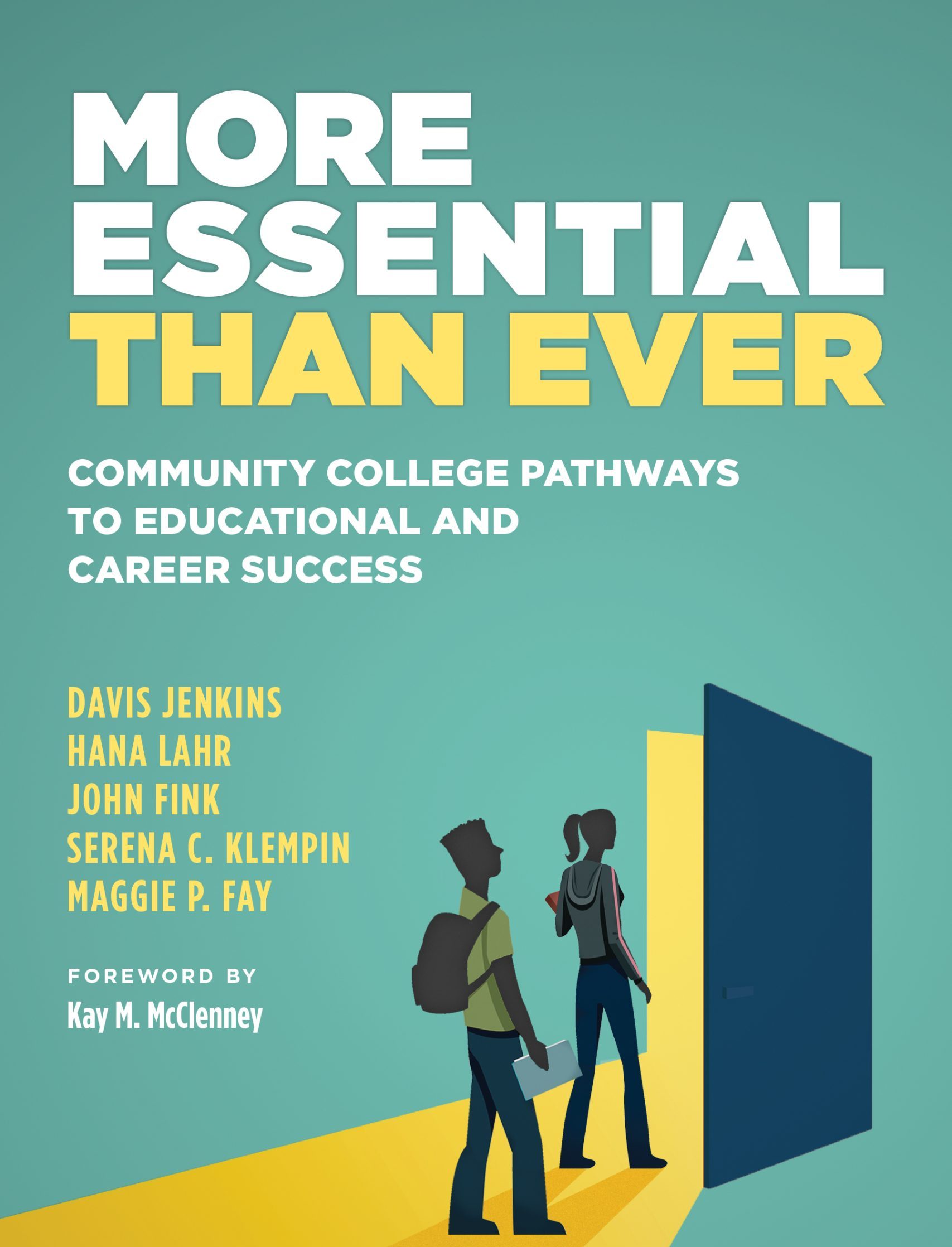
Arguing that community colleges are more crucial than ever for upward mobility and workforce development in their communities, this book presents practical strategies with case studies for ensuring that programs and support services enable students to achieve educational and career success.
Drawing on a decade of research on whole-college guided pathways reforms at more than 100 community colleges nationally, the authors illustrate how colleges have implemented large-scale changes to help students better navigate the journey to completing a credential. They argue, however, that to achieve better and more equitable outcomes—and to recruit and retain more students in a highly competitive market—colleges must not only remove barriers to completion but also strengthen pathways to student goals after graduation, thus making their investment of money, time, and effort worth it.
The book provides compelling case studies of how colleges are achieving this along five frontiers:
- Working with employers and four-year institutions to ensure that all programs lead to living-wage, career-path jobs or seamless transfer with no excess credits in students’ major fields of interest.
- Helping students develop the communication, problem-solving, and quantitative skills as well as the technological know-how needed to thrive in a fast-changing workplace and society.
- Redesigning recruitment and onboarding to help students explore, choose, plan, and gain momentum in a program of study.
- Enabling busy students with many competing demands to complete their programs in as little time and cost as possible.
- Rethinking dual enrollment as a more effective on-ramp to debt-free, career-connected education and training after high school.
The book also gives practical guidance for college leaders on managing and funding these innovations and for state policymakers on incentivizing and supporting their adoption across systems.
A discussion guide for More Essential Than Ever is also available. It is designed to help community college faculty, staff, and administrators discuss ideas presented in the book and to consider what strategies might be helpful for improving student success at their institutions.
Funding for this book was provided by Ascendium Education Group.
